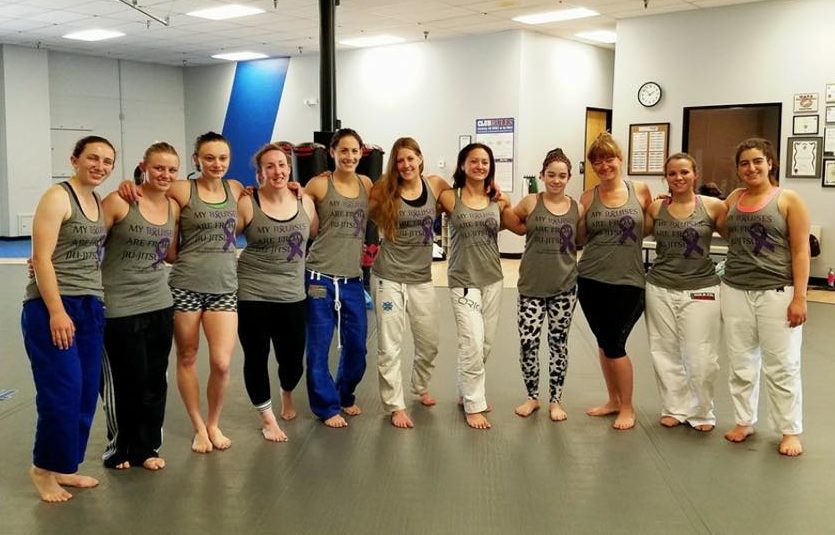From research for my report presentation for my 200HR Teacher Training, PTSD affects the brain, nervous system, hormones & chemicals, thyroid, and adrenal glands. Research also suggests that yoga can be an effective form of alternative treatment.
Whether you are a yoga teacher interested in learning more about developing classes for trauma and PTSD, or a trauma survivor yourself, there are techniques that can greatly benefit every practice.
Create A Safe Place
If you are a trauma survivor and entering a new space, it may help to set your boundaries beforehand by telling the instructor if you are not comfortable with hands-on adjustments prior to class. You also may be more comfortable trying an online class before ever stepping into a yoga studio. While group classes provide connection and opportunities for healing in ways that online classes never will be able to, Rule #1 of yoga is to honor yourself and your needs. Baby steps are still steps in the right direction.
Yoga instructors should always keep in mind that any student in any class could possibly be attending your class for the specific purpose of finding healing for trauma. You can see when someone enters the room if they have a physical disability, but mental and emotional injuries are rarely obvious. There is training for trauma-sensitive yoga, which some studios have begun to incorporate in 200 Hr Certification courses.
No matter what class you are teaching, always create a safe place for your students. This is especially important for any students with PTSD. Reinforce your students’ strength in poses such as Warrior II by reminding them that they are stronger than the voice inside that says they can’t do it. Always be mindful when adjusting alignment with use of physical contact by approaching a student before adjusting within their line of sight. Respect your students’ bodies and personal space by always asking permission before using physical contact for adjusting.
Asanas for Healing Trauma
There are many different poses that are associated with the various body parts and systems mentioned above.
Generally, in any vinyasa class:
- Forward folds calm the nervous system
- Balancing poses improve one-pointed concentration (calming the mind)
- Inversions benefit the brain and nervous system
- Backbends massage the adrenal glands
- Twists calm the nervous system
Some specific poses and techniques that are especially beneficial include:
- Warrior II: increase witness consciousness. “Witness consciousness” is essentially becoming an observer of your own life, thoughts, and feelings. It helps you to separate the constant of your true self from the temporary situations, feelings, and thoughts.
- Crow: one-pointed concentration. Focusing on one single point in the room is a common technique used in balancing poses, and is also used as a meditation practice. Training the mind to focus on one single point in space and time strengthens our ability to shut out any distractions and choose where our focus should be.
- Camel: massages adrenal glands, thymus and thyroid. The adrenal glands, thymus, and thyroid are all parts of the body noted as being involved in the neurobiological affects of PTSD.
- Yoga Nidra: “Yogic Sleep”, meditation technique. The iRest program is used by veteran and government associations and has been compared to EMDR.
The biggest benefit I personally have seen from having a regular yoga practice thus far is that I have been able to use some techniques to bring myself out of a flashback before having a panic attack. During Savasana (final resting pose at the end of a vinyasa class), a common cuing technique many teachers use after a period of quiet reflection or meditation is “wiggle your fingers and toes to bring awareness back to your body”. I recently used this technique as a flashback began, and it helped me be able to pull out of the flashback and back into the present moment. Instead of having a panic attack and running home to hide for days, I was able to bring my awareness back out of the past and into the current reality and continue with my life.
Continuing Education
There are a number of trainings, books, and resources available that specialize in trauma, PTSD for veterans, and additional methods that can be beneficial for those suffering from PTSD or yoga instructors looking to create classes sensitive to trauma survivors’ needs. Trauma-Sensitive Yoga and iRest: Yoga Nidra I have already mentioned. Two books that have helped me become more aware of my own needs are The Body Keeps The Score and Overcoming Trauma Through Yoga.





